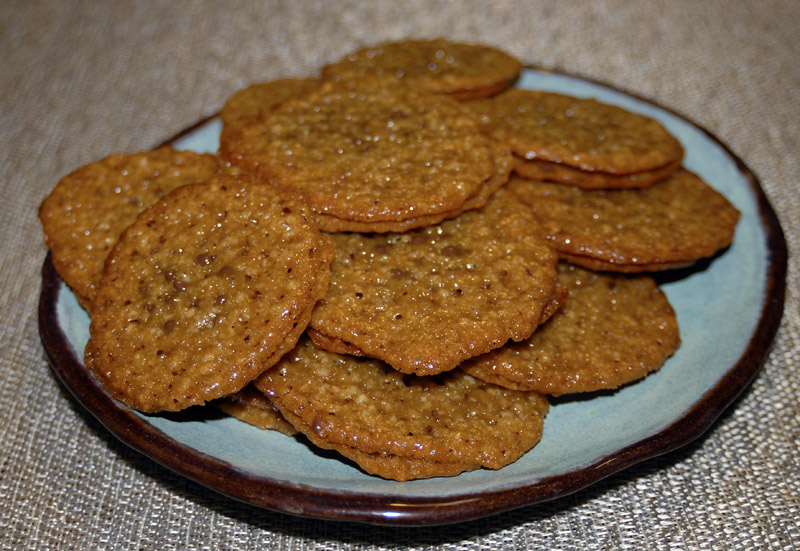As the holiday season rapidly approaches I decided to squeeze in what’s likely to be my last ‘real’ rye bake of the year before concentrating on the light and sweet Christmas goodies.
Andy’s fascinating and instructive posts on Borodinsky, Auerman Formulas and other high rye breads have kept me fascinated and entertained while perched in a bus to and fro from work. At first I found the list of ingredients overwhelming and that was before even fully digesting the multi-stage processes … I was going to have to be present and pay attention, plus top it off with a little planning. This was even more apparent with the amount of time needed to translate this formula to the blog …
I settled upon Andy’s Borodinsky – The Auerman Formula [or thereabouts anyway] but tweaked it slightly … um … quite a bit - sorry Andy :)
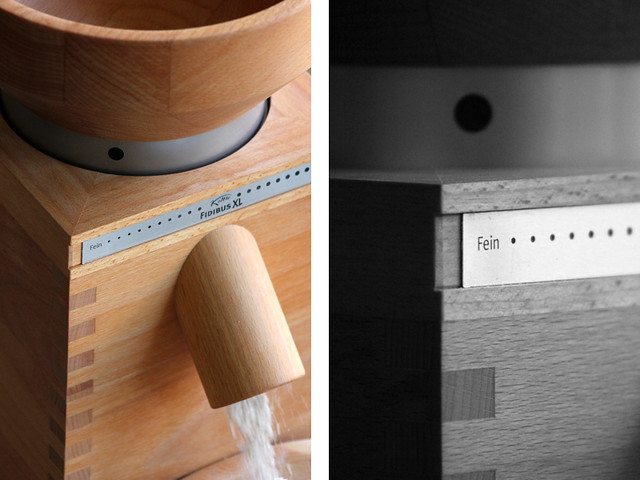
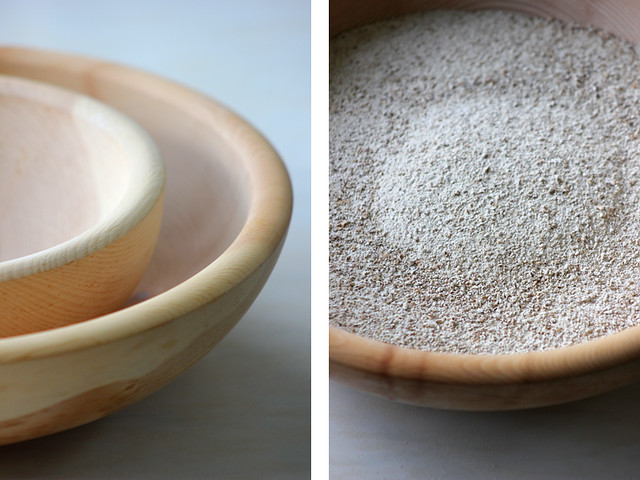
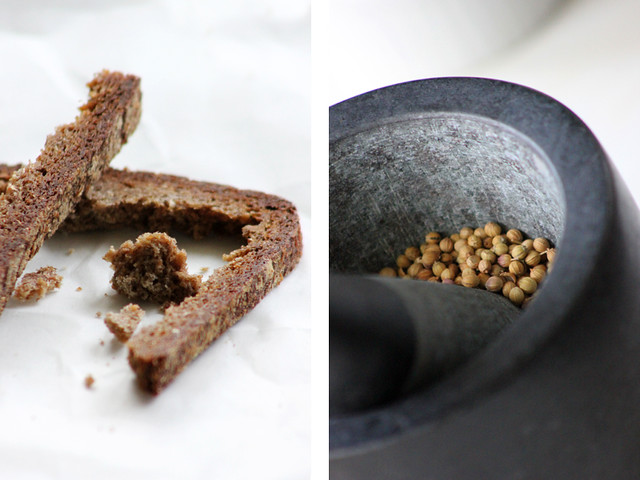
Altus and coriander (I love to chew on the altus crusts)
The dark ryes I have baked up until now have been a one stage process with a rye sour built and fermented before being added to the final ingredients. This formula is a tad more involved and uses a three stage process. A rye sour is built and fermented. With the sour fermenting, a scald of boiling water, flour, and other ingredients is produced. The sour and scald are then combined into a sponge which is fermented further until it is mixed with the remaining ingredients for the final shaping, proving and baking.
I deviated/strayed from Andy’s formula in a few ways. Firstly I have altus which I planned on adding to both the sour build and scald. Instead of the red malt asked for in the formula I used roasted rye malt that I had produced earlier in the week. It is richly coloured flour with a bright sweet roasted flavour and was bound to add some flavour to the finished loaf.
I kept the overall hydration level the same, but altered the hydration of the sour and scald builds to allow for a small amount of water to autolyse the wheat flour used in the final paste. This is a tip I received from minioven that allows the gluten in the wheat flour to develop before being mixed into the final paste. Finally, I sifted the final addition of rye and wheat flour.
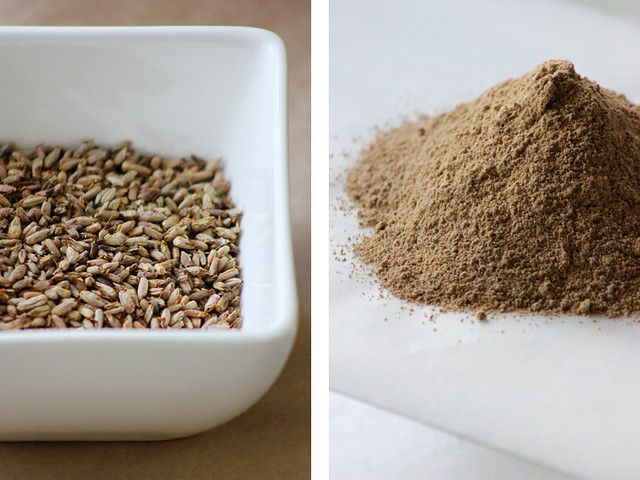
Roasted Rye Malt
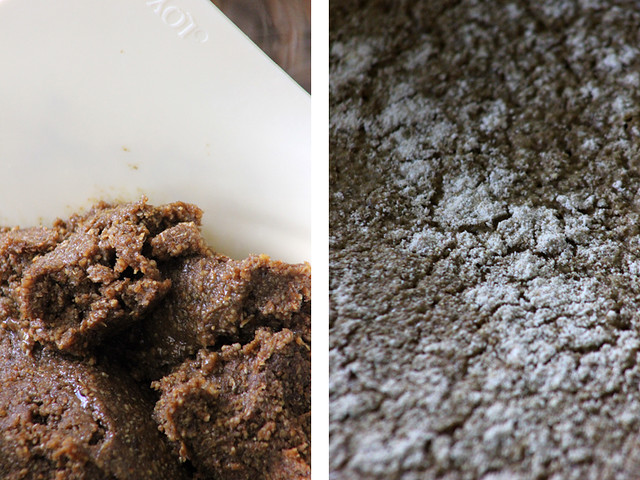
Scald and sponge
Further abroad Borodinsky
Overview | Weight | % of flour |
Total flour | 1405g | 100% |
Total water | 1195g | 85% |
Prefermented flour | 702g (30% +20%) | 50% |
Desired dough temperature 25°C | | |
| | |
1. Sour build – 18 hrs 24°C | | |
Starter (Not used in final dough) | 21g | 1.4% |
Fresh milled rye flour | 421g | 30% |
Altus (100% rye sourdough) | 50g | 3.5% |
Water | 492g | 35% |
Total | 963g | |
| | |
2. Scald | | |
Coarsely milled rye | 281g | 20% |
Roasted rye malt | 70g | 5% |
Blackstrap molasses | 84g | 6% |
Altus (100% rye sourdough) | 50g | 3.5% |
Freshly ground coriander seed | 14g | 1% |
Water | 492g | 35% |
Salt | 21g | 1.5% |
Total | 1012g | |
| | |
3. Sponge – four hours @ 25°C | | |
Sour from (1.) | 963g | 68% |
Scald from (2.) | 1012g | 72% |
Total | 1975g | |
| | |
4. Final paste – one hour @ 25°C | | |
Sponge | 1975g | 140% |
Fresh milled rye flour sifted | 423g | 30% |
Fresh milled wheat flour sifted | 210g | 15% |
Water | 210g | 15% |
Total | 2818g | |
Method
- 4:00pm day before, prepare the rye sour.
- 10:00pm day before, prepare the scald. Grind coriander seeds and combine with remaining dry ingredients. Measure the molasses into a saucepan cover with boiling water and bring to a rolling boil. Quickly stir in the dry ingredients with a wooden spoon and remove from heat and cool. Weigh scald and add further boiling water if necessary to account for evaporation.
- 9:00am following day, combine and mix the sour and scald and ferment a further four hours.
- 12:00pm combine sifted wheat and final water together and mix thoroughly with wooden spoon or whisk and allow to autolyse for one hour.
- 1:00pm add autolyse dough, remaining portion of sifted rye flour to the sponge and form the final paste.
- Shape and place into greased tins (mine were 8 x 4 x 4 Pullman) seam side down.
- I proved these for one hour before docking and placing into oven with lids on for 15 minutes at 270°C then a further hour at 210°C
The final paste felt drier than the dark ryes I have baked recently – perhaps the molasses or malt flour? It was still a paste but felt it lot easier to handle. I as a little worried that the rye flour was absorbing too much water which may be a sign of excessive starch damage …
As seems to be the case with the rye breads I bake using freshly milled flours the final proof was exceptionally quick. I am hesitant to take my eyes from these breads during their final rise … the first sign of readiness and its straight into the oven … I don’t even debate myself anymore.
When pulled from the oven the bread felt soft and springy to the touch … the crust a dark brown with red hues. After cooling they were wrapped in a tea towel before storage in a plastic bag for a day … with me looking on longingly – all the time fingers crossed. I still lack confidence in my rye baking …

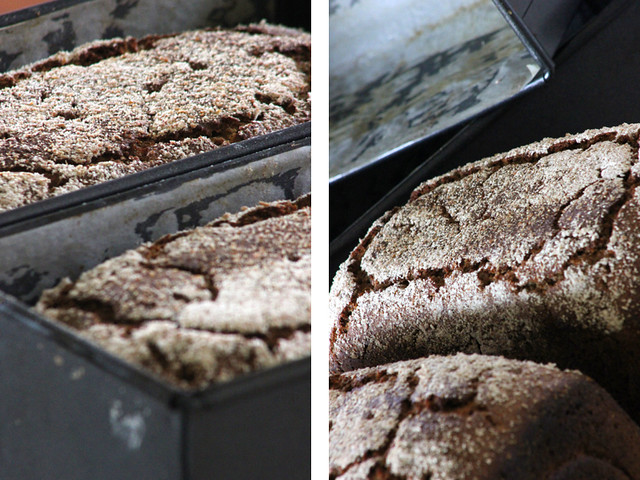

Finally I could slice – it was a cinch with a crust that was soft and smooth. The crumb was still moist but that will decrease over the coming days. A slice could be folded in half without breaking … did I mention it was soft?
The flavour is bright and I can pick the brightness of the coriander and tartness of the molasses. On the first day the molasses seemed stronger but by the next it had equalled out to rich round flavour. Most of all I am struck by the gentle mouth feel. It does not feel like a heavy rye bread and I look forward to the flavour developing throughout the week.
I also started playing with a rye crsipbread based on the formula in Dan Lepard’s Handmade Loaf. I omitted the commercial yeast and added some flavours inspired by his sweet rye formula – honey, ground cardomann seed, aniseed, and lemon zest. They are crunchy on the edges with a chew towards the centre. I love this combination of flavours …
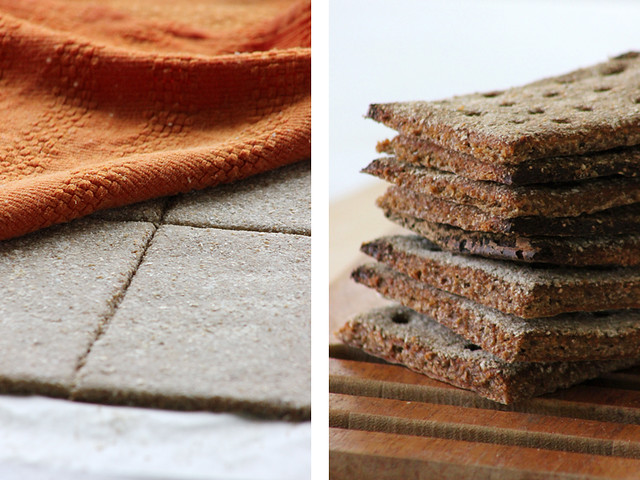
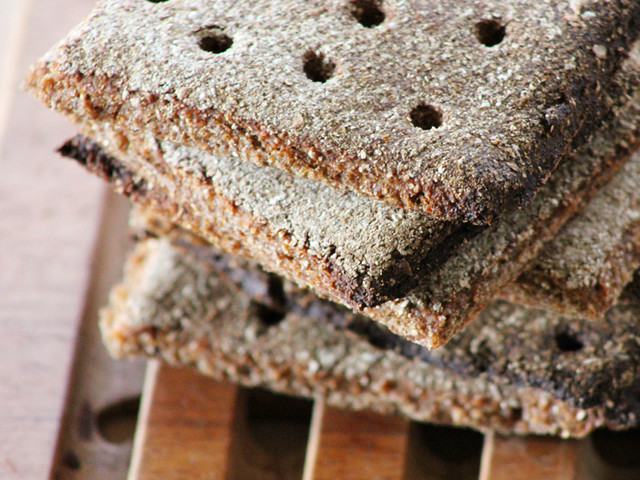
All the best and best holiday wishes,
Phil
















